Fallschirmjager, Grüne Teufel, Green Devils. Part 2
.
The Fallschirmjager qualification badge.
.
I have just finished writing my third novel in the Devils with Wings series, Devils with Wings: Frozen Sun. The Fallschirmjager, after their successful battle taking Crete in only 10 days, are shipped to Poland to partake in Operation Barbarossa, the German invasion of the Soviet Union.
Leaving temperatures in excess of forty degrees to be used, not in an airborne operation, but as a fire brigade, plugging gaps in the line around Leningrad, particularly along the banks of the River Neva. They were Army Group North’s strategic reserve. They were quickly placed into the fray, fighting along the River Neva, where temperatures dropped to below -30 degrees, sometimes as low as -40. They were successful at plugging the gaps and preventing the Soviet Union from exploiting their bridgeheads over the River Neva, but at a price. Some units suffered up to 75% casualties. Many who had survived the assault on the Fortress Eben Emael, (Devils with Wings) and the fierce fighting on the Island of Crete (Devils with Wings: Silk Drop) met their fate in this bitter struggle with the atrocious weather and the never ending Soviet hordes.
The German Army, and the Fallschirmjager, were soon to experience the hostile Russian winters.
These next few posts will fill in some of the background to these amazing airborne soldiers. Their training was particularly tough, and they were the first parachute, airborne, division in existence. After a tough physical regime, consisting of strenuous exercise, unarmed combat, weapons handling and long forced marches, culminating in bigger and bigger unit exercises, they complete their parachute training. Before they were allowed anywhere near a parachute, they to jump into a tank of water from a 45 foot tower. Their training, apart from the parachute element, was thought to be similar to that of the British WW2 Commandos.
.
Fallschirmjager helmet, M38 Model Fallschirmjagerhelm.
.
The front cover of Hauptmann Piehl’s Ganze Manner, the 1943 first edition, with a foreword by General Kurt Student. The German Fallschirmjager in WW2.
.
Apart from some initial limited fighting in Poland and Norway, it wasn’t until 1940, that the Fallschirmjager were truly launched into limelight with their famous attack on Fort Eben Emael.
.
The main gate of what was supposed to be the toughest Fortress in the world.
.
Fort Eben Emael, bordering the Albert Canal, occupies a position just to the east of a small village called Eben Emael.
.
Forst Eben Emael, a Belgian fortification south of Maastricht
.
The fort was an irregular shape, measuring 600 metres east to west and over 750 metres north to south.
.
Plan of the fortress, showing the mix of armoured turrets, casemates and Anti-Aircraft guns.
.
Along the eastern section of the fort was the Albert Canal, a serious barrier in itself to any attack from that direction.
.
The cutting of the Albert Canal. ‘Canal-Nord’, a block imbedded into the sheer side of the wall, housed 60mm guns and protected the fort from an enemy attempting to cross the Canal.
.
There were a number of blocks and casemates (9) housing 60mm anti-tank guns and machine guns. In addition, the fort housed Cupola 120, a twin 120mm gun turret with a range of just over 17 kilometres. Cupola-Nord and Cupola-Sud each had a retractable turret with two 75mm guns. A shorter range of 10 kilometres, but still capable of protecting the bridges over the Albert Canal.
.
Cupola – 120. One twin 120mm turret.
.
Mi-Nord and Mi-Sud were twinned blocks housing 60mm guns, Vise 1 & 2, each housed three 75mm guns facing south and Maastricht 1 & 2 contained three 75mm guns facing north.
.
Maastricht-2, housed three 75mm guns.
.
On the 10th May 1940, the Fallschirmjager, Group Granite, led by Oberleutnant Rudolf Witzig, were tasked with securing the supposedly impregnable fort. Seventy eight German paratroopers, Fallschirmjager, landed on top of the fort in the early hours of the morning. They landed in gliders, the first time gliders were ever used in an armed assault.
.
Although the fort was well protected from a ground attack, it had very few defences against an attack from the air. Landing the traditional way, by parachute, the paratroopers would have been spread too far apart. They also had to take heavy explosives with them to use on the concrete bunkers and armoured turrets.
.
Their other secret weapon was the Hohladung, Hollow-Charged weapon. Again a first for the German Army. The 50kg charge was capable of blasting through the armoured turrets and concrete bunkers. During their 6 months training in Hildesheim, in the foothills of the Harz mountains, in complete secrecy, they weren’t even allowed to use the new explosive in anger. It was exploded on the ground and they didn’t get to see its effect until the actual assault. It was broken down into two parts. Two Fallschirmjager would carry a 25kg section each, assembling it on the target before setting the fuse.
.
The effects of the Hollow-Charge weapon on one of the Eben Emael turret.
.
The main force, Sturmabteilung Koch, led by Hauptmann Walter Koch, consisted of three other assault groups as well as group Granite. These three other groups, Steel, Concrete and Iron, were responsible for securing the bridges over the Canal.
.
Paratroopers attacking fortress Holland.
.
Fallschirmjager removing explosive charges from one of the bridges secured.
.
The advancing panzer Army crosses one of the bridges held by the Fallschirmjager.
.
Fallschirmjager after the battle.
.
Adolf Hitler awarding members of Sturmabteilung Koch the Knights Cross of the Iron Cross.
.
Re-enactors at the recent Tank Fest held at the Bovington Tank Museum.
.
Tank Fest
.
Fallschirmjager re-enactor at the recent Bovington Tank Fest.
The qualification phase to become a paratrooper consisted of 6 jumps. The first would be a t height of around 200 metres, the next two at 150 metres, but in a stick of six trainees. Their fourth jump would be from the same height, but at dusk or dawn and as part of a much larger stick, of perhaps 10 men. For the fifth jump they would be part of a Kette formation, a V-formation, a Chain of three Junkers JU-52. The final jump would be made under simulated combat conditions, up to nine aircraft flying at little over 125 metres in height.
.
Fallschirmschutzenabzeichen, parachutist badge.
.
The Parachutist’s “Ten Commandments”
The Fallschirmjager had ten commandments that they lived by as elite soldiers.
Number 2. Cultivate true comradeship, for by the aid of your comrades you will conquer or die.
.
Devils with Wings – Video by Nick Britten
.
The assault on Fort Eben Emael

Fort Eben Emael is worth a visit, it has a fabulous museum.
My intention is not to portray a particular message, but just share some of my photographs and information with you and help set the scene for my forthcoming novel. The next post will cover the airborne invasion of Crete.
Blog is copyrighted to Harvey Black



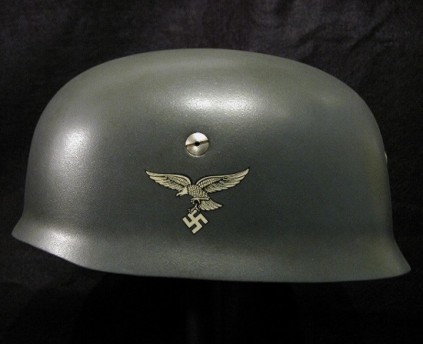
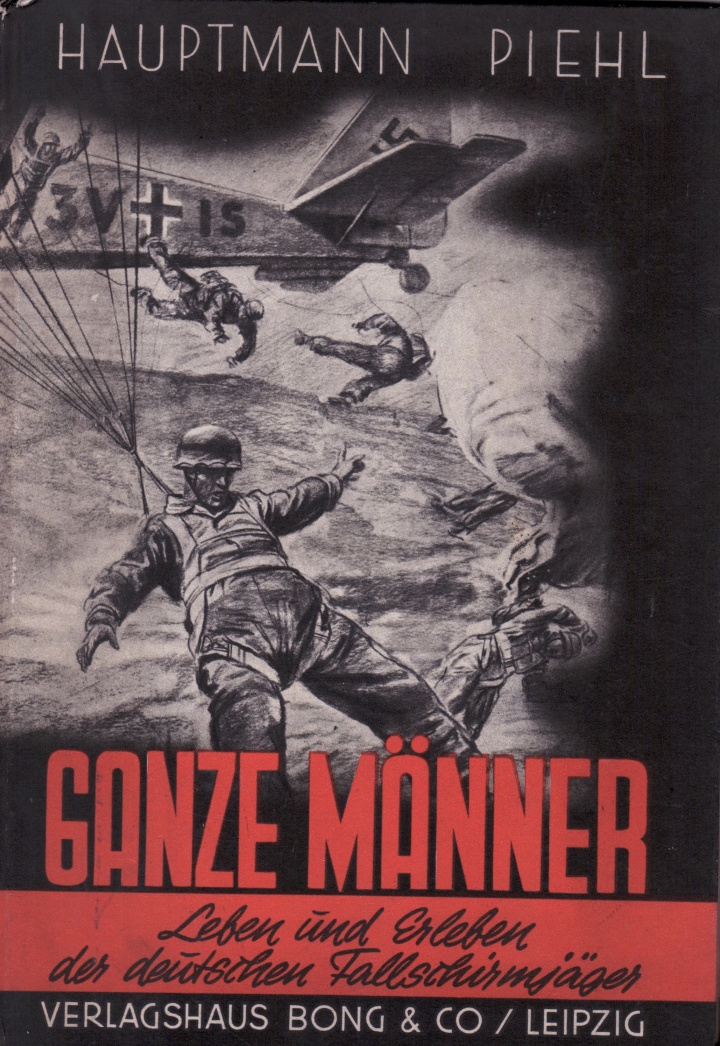


















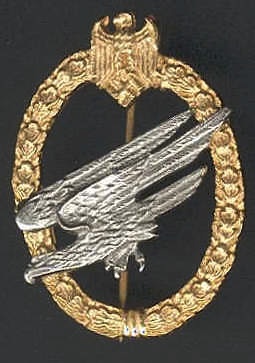




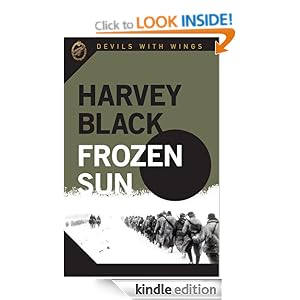

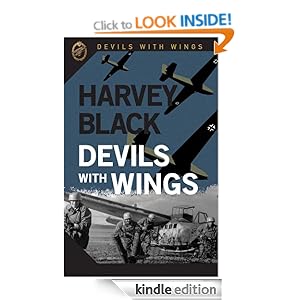


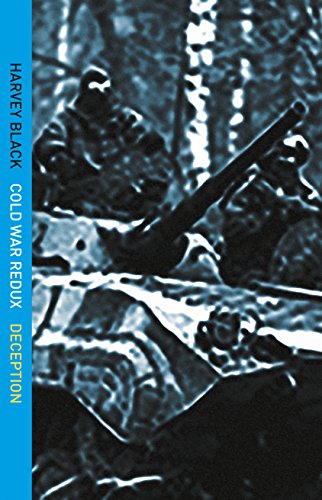

What terrible years they must have been.
Having read the book, it’s really good to be able to see the pictures relating to it.
Sue